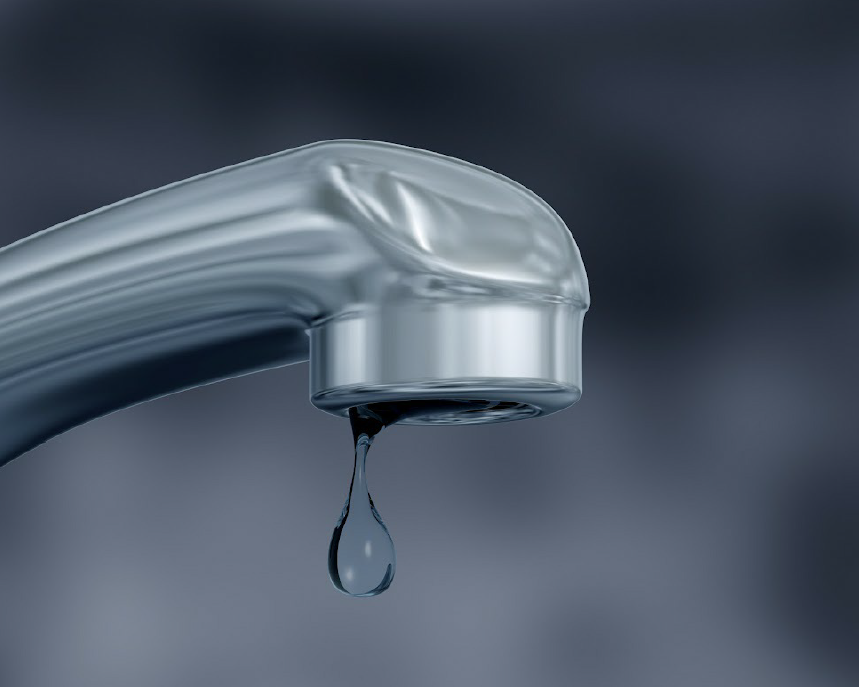Presented here below you'll find more extremely good tips involving Leaking water lines.

Early discovery of dripping water lines can minimize a prospective catastrophe. Some little water leakages may not be noticeable.
1. Take A Look At the Water Meter
Every house has a water meter. Examining it is a guaranteed manner in which helps you uncover leaks. For beginners, turn off all the water resources. Ensure nobody will certainly flush, utilize the tap, shower, run the washing equipment or dishwashing machine. From there, go to the meter as well as watch if it will certainly change. Because no person is utilizing it, there ought to be no motions. That suggests a fast-moving leakage if it relocates. If you discover no changes, wait an hour or two and check back again. This means you might have a slow leak that can even be underground.
2. Examine Water Intake
Assess your water bills and track your water usage. As the one paying it, you must observe if there are any type of disparities. If you spot sudden changes, regardless of your intake being the same, it suggests that you have leaks in your plumbing system. Bear in mind, your water expense need to fall under the very same range every month. An unexpected spike in your costs indicates a fast-moving leak.
On the other hand, a constant increase monthly, despite having the same habits, shows you have a slow leakage that's likewise gradually rising. Call a plumber to completely inspect your property, specifically if you really feel a warm area on your flooring with piping beneath.
3. Do a Food Coloring Test
When it comes to water intake, 30% originates from toilets. Test to see if they are running effectively. Decrease specks of food color in the container as well as wait 10 mins. There's a leak in between the tank and also dish if the color in some way infiltrates your bowl throughout that time without flushing.
4. Asses Outside Lines
Don't forget to examine your outside water lines too. Needs to water leak out of the connection, you have a loosened rubber gasket. One tiny leak can throw away heaps of water as well as increase your water expense.
5. Inspect as well as Analyze the Circumstance
Homeowners should make it a behavior to check under the sink counters and also also inside cabinets for any type of bad odor or mold and mildew growth. These two red flags suggest a leakage so prompt attention is needed. Doing regular examinations, even bi-annually, can save you from a major issue.
Extra notably, if you recognize your residence is currently old, maintain a watchful eye on your heating systems, tubes, pipelines and so on. Look for stainings and compromising as most pipelines as well as home appliances have a life expectancy. They will certainly likewise naturally degrade because of tear as well as use. If you think dripping water lines in your plumbing system, don't await it to intensify. Call a specialist plumber as soon as possible so you don't end up with a dreadful mess in your home.
Early discovery of dripping water lines can mitigate a potential catastrophe. Some little water leakages might not be visible. Checking it is a guaranteed method that aids you uncover leakages. One tiny leak can squander heaps of water and also increase your water costs.
If you believe dripping water lines in your plumbing system, don't wait for it to escalate.
WARNING SIGNS OF WATER LEAKAGE BEHIND THE WALL
PERSISTENT MUSTY ODORS
As water slowly drips from a leaky pipe inside the wall, flooring and sheetrock stay damp and develop an odor similar to wet cardboard. It generates a musty smell that can help you find hidden leaks.
MOLD IN UNUSUAL AREAS
Mold usually grows in wet areas like kitchens, baths and laundry rooms. If you spot the stuff on walls or baseboards in other rooms of the house, it’s a good indicator of undetected water leaks.
STAINS THAT GROW
When mold thrives around a leaky pipe, it sometimes takes hold on the inside surface of the affected wall. A growing stain on otherwise clean sheetrock is often your sign of a hidden plumbing problem.
PEELING OR BUBBLING WALLPAPER / PAINT
This clue is easy to miss in rooms that don’t get much use. When you see wallpaper separating along seams or paint bubbling or flaking off the wall, blame sheetrock that stays wet because of an undetected leak.
BUCKLED CEILINGS AND STAINED FLOORS
If ceilings or floors in bathrooms, kitchens or laundry areas develop structural problems, don’t rule out constant damp inside the walls. Wet sheetrock can affect adjacent framing, flooring and ceilings.
https://www.servicemasterbyzaba.com/blog/how-to-detect-water-leakage-in-walls/

As a keen reader on Hacks to detect leaks, I thought sharing that article was worthwhile. Sharing is good. Helping people is fun. Thank you so much for your time invested reading it.